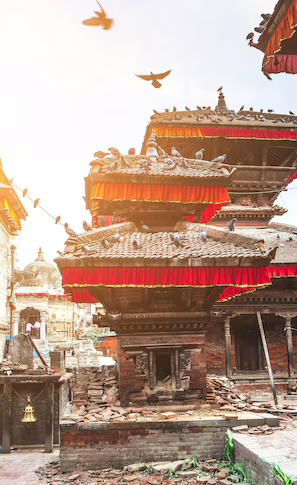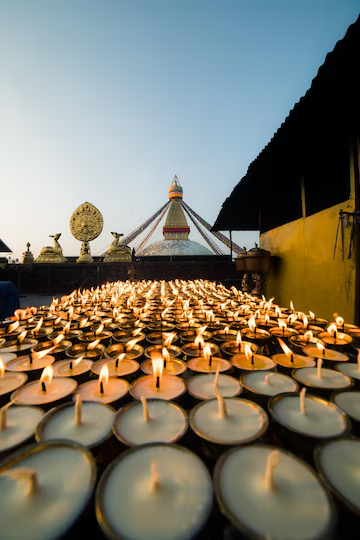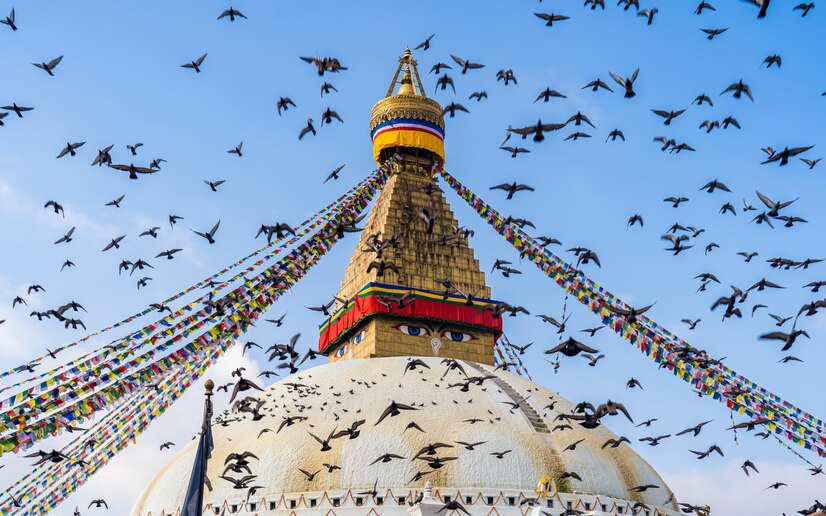Why Visit Nepal
For years, the unstable power situation in Nepal made remote work challenging, with power outages lasting up to eight hours daily. However, since 2016, this issue has improved significantly. Kathmandu now boasts a range of excellent cafes and guesthouses, perfect for travelers and digital nomads. Despite past power issues, the joy of traveling in Nepal remains unmatched.
I had a fantastic time visiting Nepal and immersing myself in its culture and language. I recommend spending at least two weeks to experience even a fraction of what Nepal has to offer. However, it’s important to acknowledge that post-earthquake Nepal has undergone significant changes. The April 2015 earthquake caused widespread devastation, impacting people, infrastructure, and the tourism industry. Though Nepal is still a wonderful place to visit, recovery is ongoing, and it may take decades to fully rebuild.
Travelers should be mindful of Nepal’s long road to recovery and engage in responsible tourism to support the country’s development. Tourism can play a role in this recovery, but it’s crucial to approach it with sensitivity and a commitment to helping Nepal emerge stronger. For more information, you can explore the sections on responsible volunteering and travel or the city guides.


Things to Know Before Traveling Nepal
Nepal’s history dates back more than 2,500 years, but much of that ancient history is unknown. Many UNESCO sites worth visiting date back to the 1400s. It’s worth knowing a bit about Nepali politics, as it’s an unstable and ever-changing topic. A monarchy ruled Nepal until 2008, at which time a democratic republic and a constitution were established and adjusted over the next several years.
As Nepal developed, unlike many countries, it remains about 80% rural. It’s also one of the least developed countries in the world according to the U.N. This means travelers see drastic differences between life in the cities and life in the small villages. As a result of this mix, lifting rural areas out of extreme poverty has proven difficult.
The political climate is often tense, and the lack of education in these rural areas has had a direct impact on the preservation of Nepal’s natural resources. As tourists descend on Nepal, the country has struggled to meet tourism demand. This has resulted in poorly maintained transportation infrastructures and the use of natural resources in unsustainable ways. It’s a bit of a tough situation, as the tourists are both the core issue, and yet also the only way to bring money into these areas.
Modern Nepal is a fascinating, diverse place. Neighboring countries have had a marked influence on modern Nepali life. Travelers witness deep influences from India, Tibet, China, and even Mongolia. The country has 30+ ethnic groups, and with these a large variation in the number of religions and dialects.
With all this diversity, the country has a mixed bag of religions as well. Predominantly Hindu, the country integrates Buddhism and animism too. All this to say, the mixing of cultures over the years have given Nepal a history as beautiful as the landscape.

